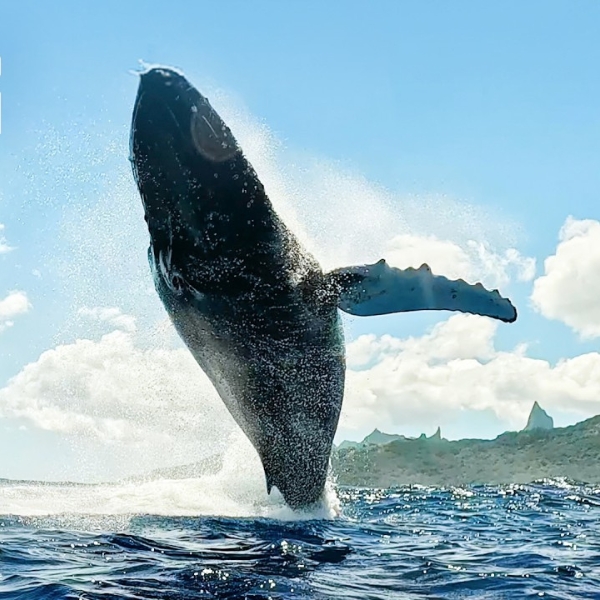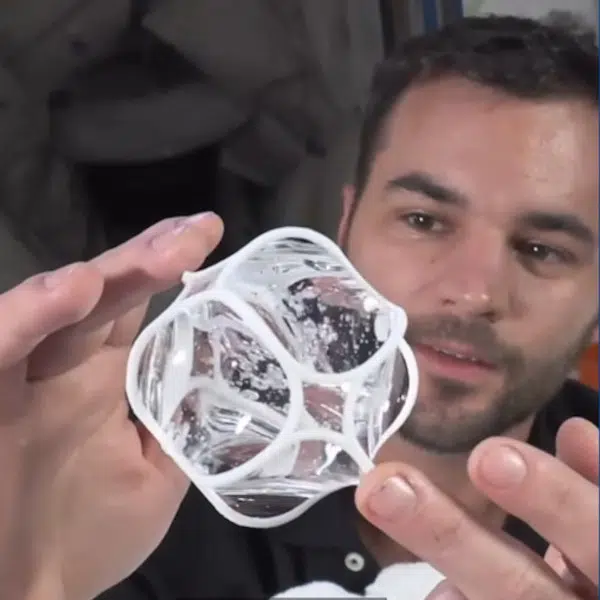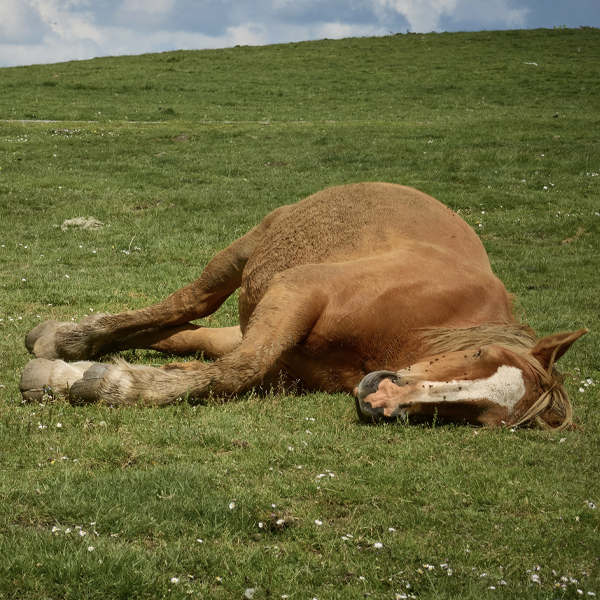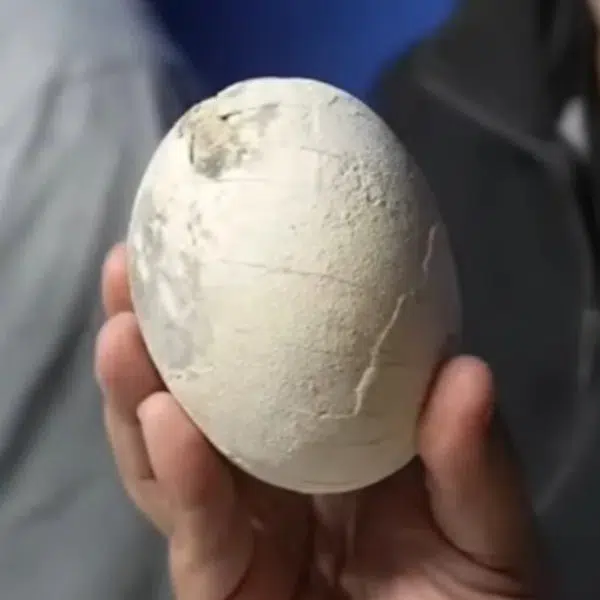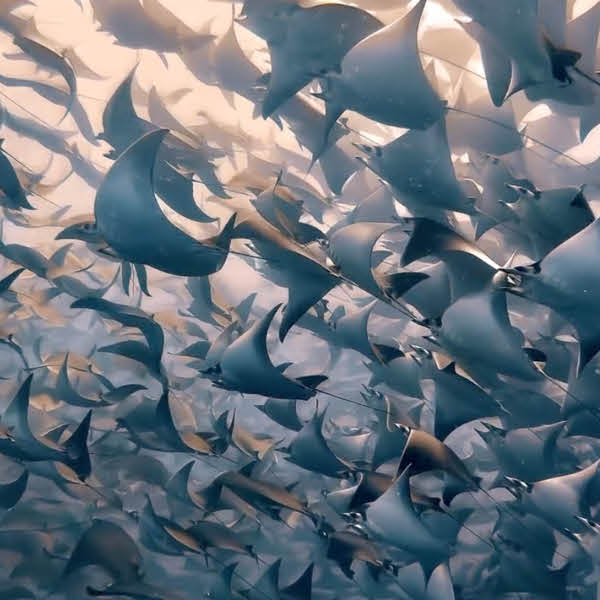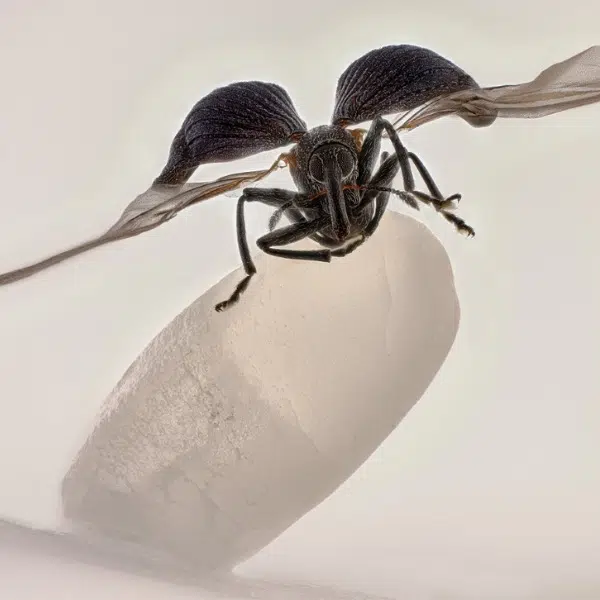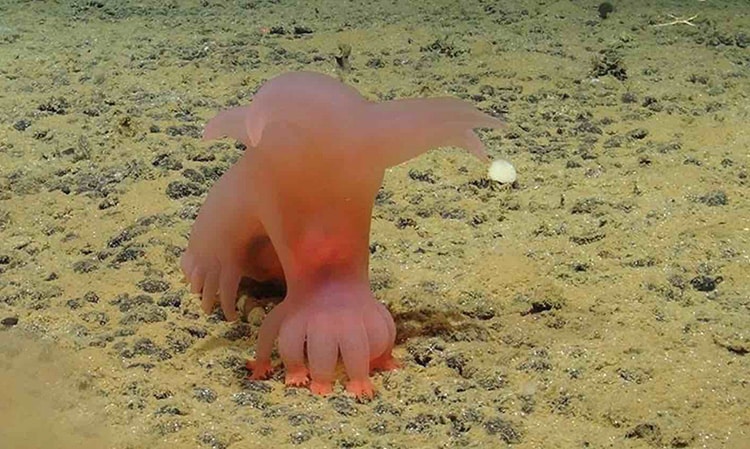
The Barbie pig is a newly discovered species of sea pigs, which are a type of sea cucumber. (Photo: ©SMARTEX Project, NERC/ smartexccz.org)
On March 20, 2024, the latest deep-sea expedition under the Seabed Mining and Resiliency Experimental Impact (SMARTEX) project wrapped up. The crew on the James Cook research vessel discovered several new species. One of the standouts among their discoveries is the “Barbie pig,” a hot pink sea pig. University of Southhampton PhD student Bethany Fleming came up with the name after the team had watched the Barbie movie together. The sea pig, a type of sea cucumber, was just the right shade of Barbie pink. As adorable as the Barbie pig is, it represents research that is critical to protecting thousands of species from deep-sea mining.
A joint project of National Oceanography Center, British Geological Survey and Natural History Museum, the expedition sought to document life on the seabed, 4,000 meters (approximately 13,123 feet) deep. They explored the region of the eastern Pacific known as the Clarion-Clipperton Zone (CCZ). The CCZ is ripe for deep-sea mining due to its estimated 2.1 billion dry tons of polymetallic nodules. These nodules are referred to as potatoes because of their spud-like appearance. Unlike their Idaho look-alikes though, they contain metals that are key to technologies like solar panels and electric car batteries. In fact, the CCZ likely has more reserves of metals such as manganese, nickel and cobalt than are available from all land-based reserves combined.
It is estimated that more than a third of these metals will be sourced through deep-sea mining by 2065. However, scientists are calling for protections. Along with the Barbie pig, there are up to 8,000 species yet to be discovered.
These irreplaceable creatures which reside on the CCZ's sea floor would be at risk for extinction if their habitat is destroyed by mining. Even marine life closer to the surface, such as whales and dolphin, would be disrupted by the noise mining would create.
Scientists are also concerned that deep sea mining could kick up toxic compounds from the seabed and release carbon that would further add to the climate crisis.
This latest expedition produced images that make it clear how otherworldly the bottom of the ocean is.
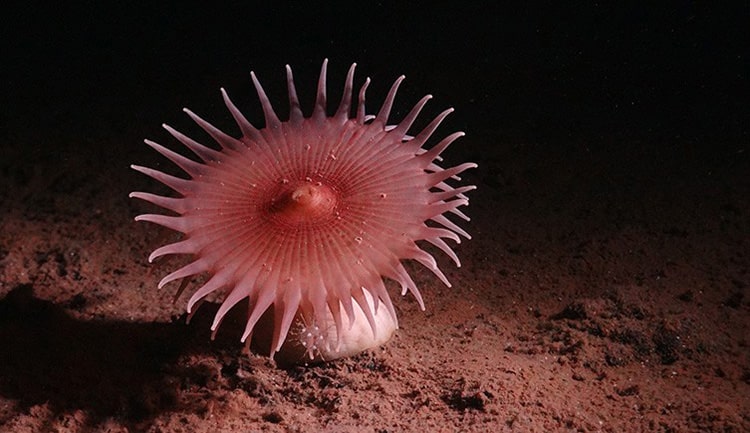
A sea anemone. (Photo: ©SMARTEX Project, NERC/ smartexccz.org )
Polymetallic nodules are useful in electronics. They also provide sea creatures with shelter and are a critical part of their ecosystem.
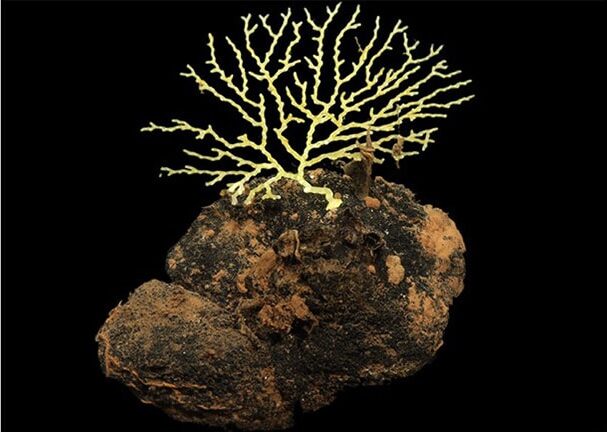
A Bryzoa grows on a polymetallic nodule (Photo: ©#NHMDeepSea Group/Natural History Museum, UK )
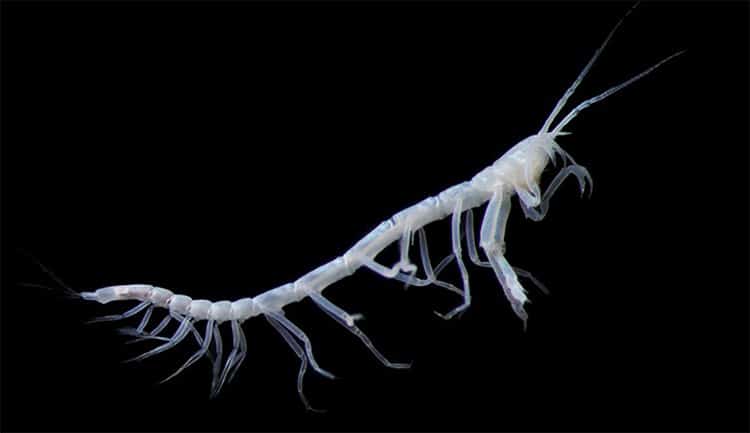
A tanaid, which is a type of crustacean. (Photo: ©#NHMDeepSea Group/ Natural History Museum, UK )
The Barbie pig is one of the largest invertebrates living on the deep-sea floor. Like other deep-sea creatures, it feeds on detritus fallen from the surface.
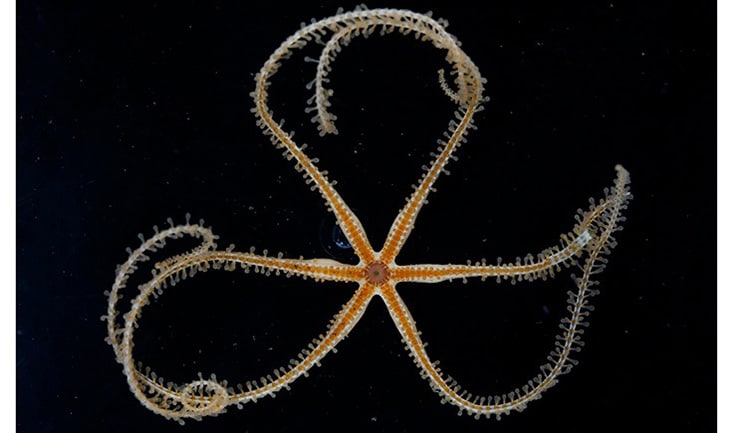
Sea star (Photo: ©#NHMDeepSea Group/Natural History Museum, UK )

A rare deep-sea vertebrate, the rattail fish (Photo: ©SMARTEX Project, NERC/smartexccz.org )
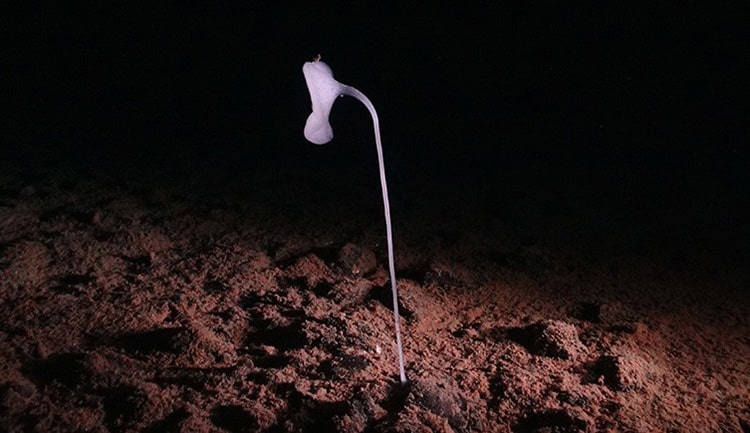
Photo: ©SMARTEX Project, NERC/smartexccz.org )
Glass sponges are thought to have the longest lifespan of any animal, 15,000 years,
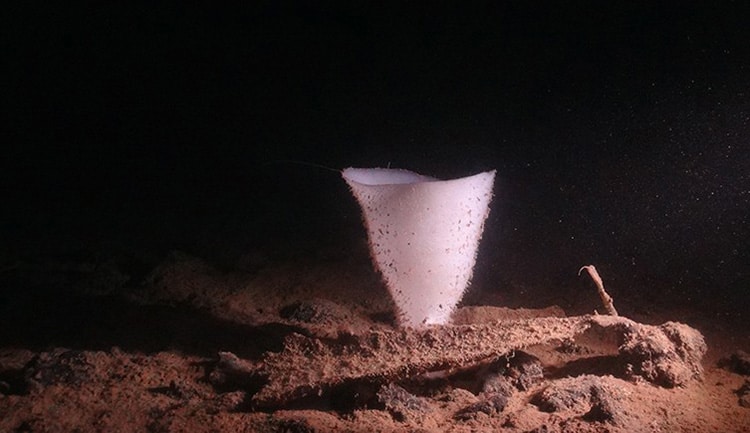
A glass sea sponge. (Photo: ©SMARTEX Project, NERC/smartexccz.org )
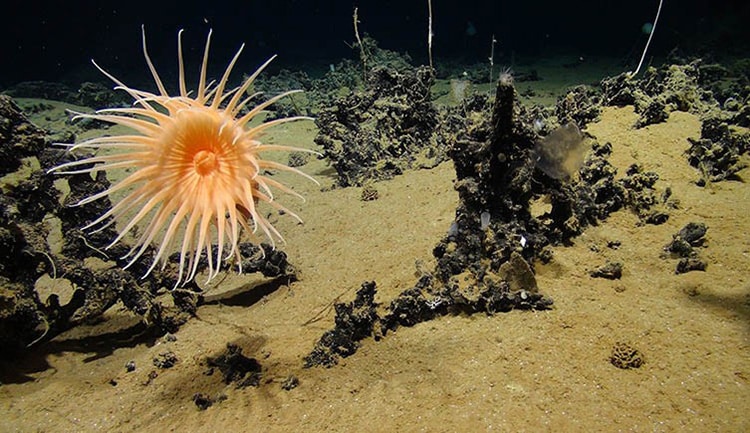
An abyssal sea anemone growing in a manganese-encrusted reef 4,100 metres beneath the surface. (Photo: ©SMARTEX Project, NERC/smartexccz.org)
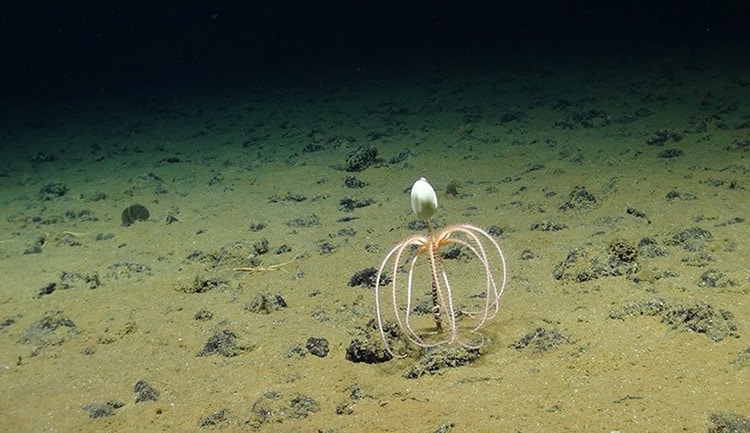
A brisingid sea star. (Photo: ©SMARTEX Project, NERC/smartexccz.org)
Some creatures, like the Unicumber, were known of but never captured in high-definition imagery until this expedition.
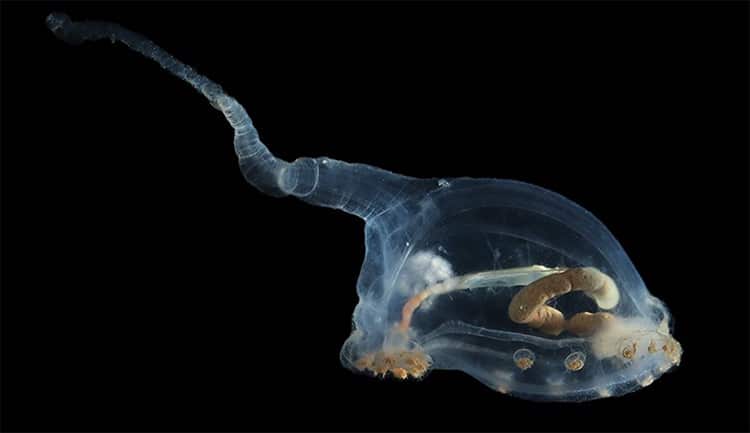
A type of sea cucumber called the “Unicumber.”(Photo: ©SMARTEX Project, NERC/smartexccz.org )
Natural History Museum:Website| Facebook | Instagram
SMARTEX:Website| Facebook | Instagram
All Images via Natural History Museum UK and SMARTEX. My Modern Met granted permission to feature photos by Natural History Museum UK.
Related Articles:
Rare Glass Octopus Is Captured on Video by Deep-Diving Researchers
Amazing Video Captures a Glass Squid Swimming in the Depths of the Ocean
Underwater Robot Discovers More Than 100 New Species in Chile
Divers Discover Incredibly Rare Handfish While Exploring Sunken Ship











































































